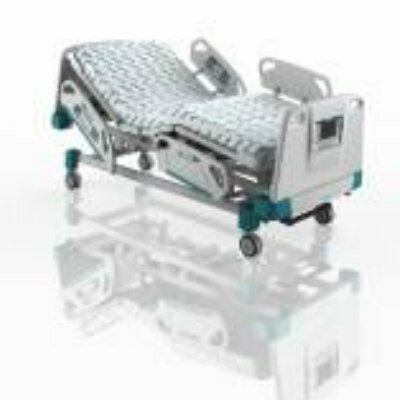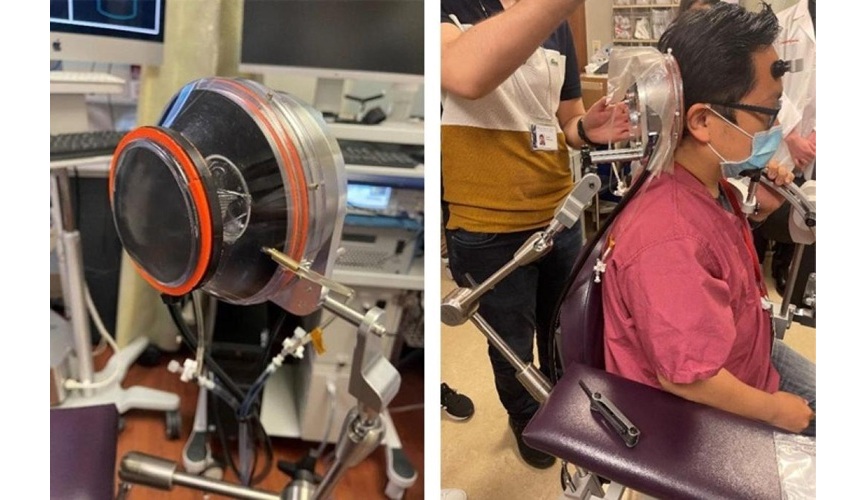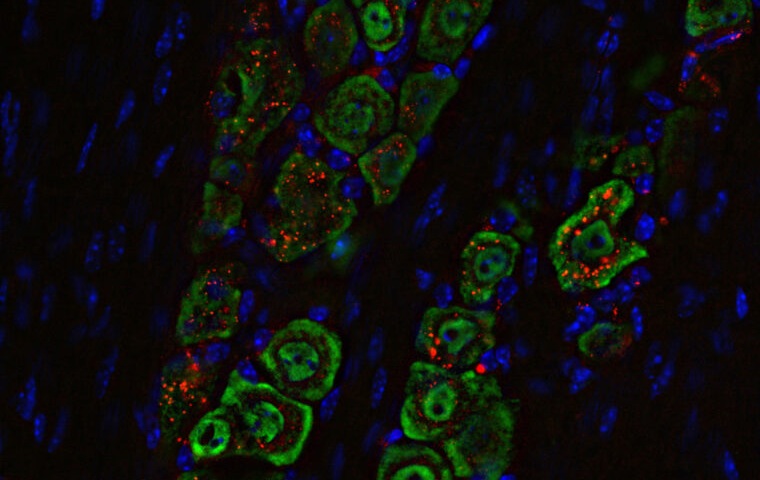Technology Helps Surgeons Locate Patient’s Nerves and Avoid Intraoperative Nerve Damage
|
By HospiMedica International staff writers Posted on 06 Jun 2022 |
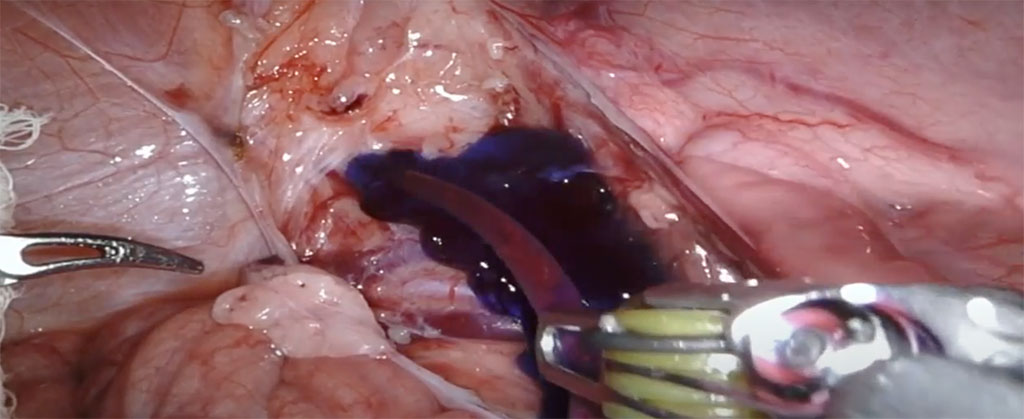
A patient can face a double-digit percentage chance of sustaining a nerve injury during surgery, depending upon the procedure. For example, people needing their thyroid gland removed are looking at a 15% likelihood of voice changes resulting from damage to their recurrent laryngeal nerves. Now, a new technology can help surgeons know where a patient’s nerves are, lessening the chance of nerve damage. The technology is based on hydrogels, three-dimensional networks of polymers that absorb and retain large amounts of water, and takes aim at the surgical complication of nerve damage that is widespread and persistent.
The collaborative research involving scientists from Oregon State University (Portland, OR, USA) is an important step toward improving a nerve sparing technique called fluorescence guided surgery, or FGS. Specific tissues, in this case nerves can be better detected if they fluoresce – i.e., emit light after absorbing light or some other kind of electromagnetic radiation. For the tissues to do that, they need to be treated with a fluorophore, microscopic molecules that absorb and send out light of specific wavelengths. The scientists developed an effective hydrogel fluorophore based on compounds called pluronics. Also known as poloxamers, pluronics are polymers synthesized by the condensation of ethylene oxide and propylene oxide.
“Nerve sparing techniques have been around for decades, but nerve identification and sparing remain a big challenge, with success rates strongly correlated with an individual surgeon’s skill and experience,” said Adam Alani, a researcher in the OSU College of Pharmacy. “Intraoperative nerve damage affects all surgical specialties and represents a significant problem even for surgeries that are performed all of the time like prostatectomies, hysterectomies, hernia repair and thyroidectomies.”
Successful testing in two animal models – mouse and pig – suggests the new technology is “a clinically viable method for fluorescence guided nerve sparing during thyroidectomy as well as other procedures,” Alani said. And because pluronics already have FDA approval, the technology is eligible for fast-tracked regulation under the agency’s guidelines for “exploratory investigational new drugs.”
The guidelines allow for early phase 1 clinical trial exploratory approaches involving safe microdoses of potential drug candidates, enabling researchers to move ahead more quickly than usual. “Directly administering a contrast agent in the treatment area is an attractive alternative to systemic administration of fluorescent probes,” Alani said. “Selectively labeling tissues only within the surgical field requires a significantly lower dose than systemic administration.”
Related Links:
Oregon State University
Latest Surgical Techniques News
- Laparoscopic Surgery Improves Outcomes for Severe Newborn Liver Disease
- Novel Endoscopy Technique Provides Access to Deep Lung Tumors
- New Study Findings Could Halve Number of Stent Procedures
- Breakthrough Surgical Device Redefines Hip Arthroscopy
- Automated System Enables Real-Time "Molecular Pathology" During Cancer Surgery
- Groundbreaking Procedure Combines New Treatments for Liver Tumors
- Ablation Reduces Stroke Risk Associated with Atrial Fibrillation
- Optical Tracking Method Identifies Target Areas in Robot-Assisted Neurosurgery
- General Anesthesia Improves Post-Surgery Outcomes for Acute Stroke Patients
- Drug-Coated Balloons Can Replace Stents Even in Larger Coronary Arteries
- Magnetic Kidney Stone Retrieval Device Outperforms Ureteroscopic Laser Lithotripsy
- Absorbable Skull Device Could Replace Traditional Metal Implants Used After Brain Surgery
- Magic Silicone Liquid Powered Robots Perform MIS in Narrow Cavities
- 'Lab-on-a-Scalpel' Provides Real-Time Surgical Insights for POC Diagnostics in OR
- Biodegradable Brain Implant Prevents Glioblastoma Recurrence
- Tiny 3D Printer Reconstructs Tissues During Vocal Cord Surgery
Channels
Critical Care
view channel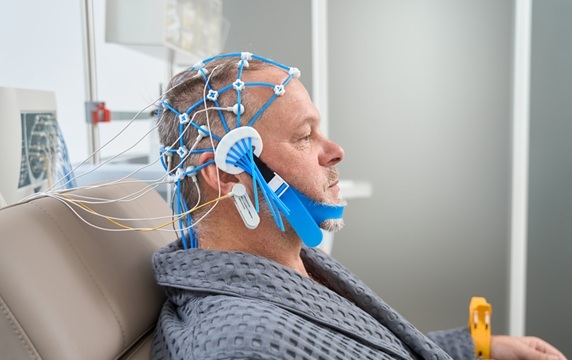
EEG-Based AI Technology Accurately Diagnoses Alzheimer’s and Dementia
Dementia, including Alzheimer’s disease, is difficult to diagnose early, even though timely detection is critical for slowing disease progression and preserving quality of life. Symptoms often overlap... Read more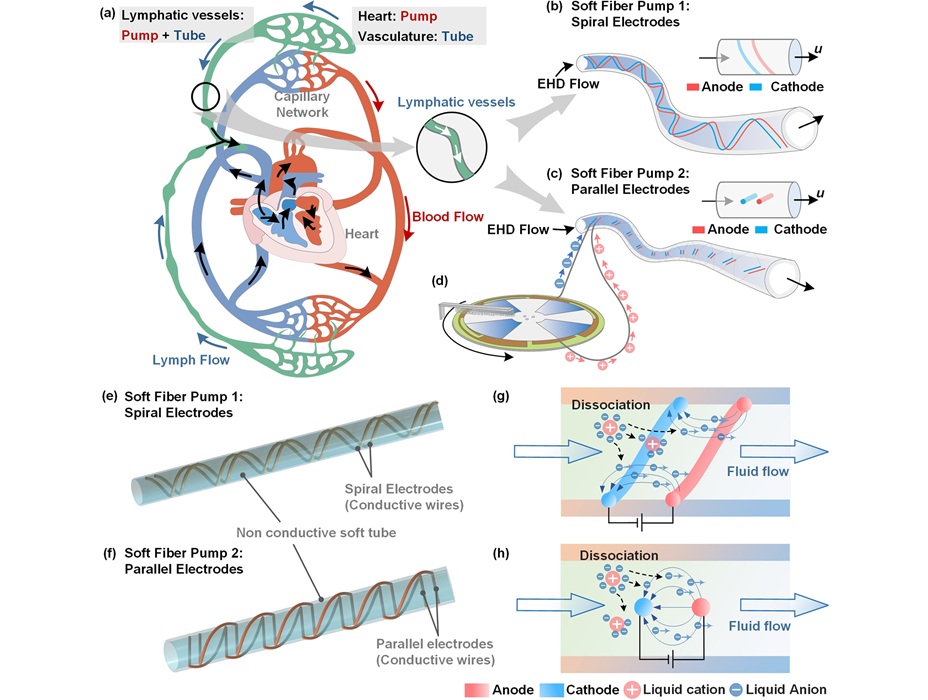
Robot Lymphatic System Paves Way for Self-Powered Wearables and Machines
Soft robots and wearable devices promise safer interaction with people and better adaptability to complex environments, but powering these systems remains a major challenge. Most rely on bulky batteries... Read morePatient Care
view channel
Revolutionary Automatic IV-Line Flushing Device to Enhance Infusion Care
More than 80% of in-hospital patients receive intravenous (IV) therapy. Every dose of IV medicine delivered in a small volume (<250 mL) infusion bag should be followed by subsequent flushing to ensure... Read more
VR Training Tool Combats Contamination of Portable Medical Equipment
Healthcare-associated infections (HAIs) impact one in every 31 patients, cause nearly 100,000 deaths each year, and cost USD 28.4 billion in direct medical expenses. Notably, up to 75% of these infections... Read more
Portable Biosensor Platform to Reduce Hospital-Acquired Infections
Approximately 4 million patients in the European Union acquire healthcare-associated infections (HAIs) or nosocomial infections each year, with around 37,000 deaths directly resulting from these infections,... Read moreFirst-Of-Its-Kind Portable Germicidal Light Technology Disinfects High-Touch Clinical Surfaces in Seconds
Reducing healthcare-acquired infections (HAIs) remains a pressing issue within global healthcare systems. In the United States alone, 1.7 million patients contract HAIs annually, leading to approximately... Read moreHealth IT
view channel
EMR-Based Tool Predicts Graft Failure After Kidney Transplant
Kidney transplantation offers patients with end-stage kidney disease longer survival and better quality of life than dialysis, yet graft failure remains a major challenge. Although a successful transplant... Read more
Printable Molecule-Selective Nanoparticles Enable Mass Production of Wearable Biosensors
The future of medicine is likely to focus on the personalization of healthcare—understanding exactly what an individual requires and delivering the appropriate combination of nutrients, metabolites, and... Read moreBusiness
view channel
Philips and Masimo Partner to Advance Patient Monitoring Measurement Technologies
Royal Philips (Amsterdam, Netherlands) and Masimo (Irvine, California, USA) have renewed their multi-year strategic collaboration, combining Philips’ expertise in patient monitoring with Masimo’s noninvasive... Read more
B. Braun Acquires Digital Microsurgery Company True Digital Surgery
The high-end microsurgery market in neurosurgery, spine, and ENT is undergoing a significant transformation. Traditional analog microscopes are giving way to digital exoscopes, which provide improved visualization,... Read more
CMEF 2025 to Promote Holistic and High-Quality Development of Medical and Health Industry
The 92nd China International Medical Equipment Fair (CMEF 2025) Autumn Exhibition is scheduled to be held from September 26 to 29 at the China Import and Export Fair Complex (Canton Fair Complex) in Guangzhou.... Read more







